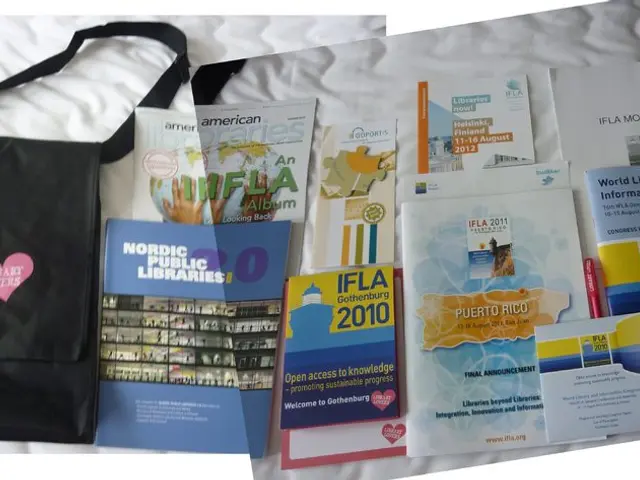Regulators of France and Italy suggest modifications to the Digital Ledger Technology Pilot Regime
In a bid to attract more participants and encourage innovation in distributed ledger technology (DLT), the French and Italian regulators, along with ESMA, have proposed several changes to the DLT Pilot Regime. These reforms, part of a broader EU effort, aim to address design weaknesses that have hindered adoption.
Key proposals include:
- Raising or removing the volume cap of €6 billion: The current cap limits participants' ability to generate meaningful returns, which discourages engagement. Proposals suggest creating a pathway for full uncapped adoption after the experimental phase to allow larger-scale projects and investments.
- Allowing cash settlement in euro-denominated stablecoins licensed under the Markets in Crypto-Assets Regulation (MiCA) instead of restricting it to e-money tokens issued by credit institutions. This would facilitate easier on-chain cash settlement, supporting project efficiency and boosting European stablecoin adoption.
- Improving communication about the pilot regime’s duration and terms to reduce uncertainty that dissuades participants.
These changes stem from critiques by French and Italian regulators and ESMA, highlighting the need for clearer regulatory frameworks and better access to cash settlement mechanisms. The aim is to enhance the EU's competitiveness in DLT innovation and prevent the region from becoming a “regulatory fly-over zone” compared to other jurisdictions like the US.
The Eurosystem (including France and Italy) is also working on interoperability-based services that link external DLT platforms to central bank money settlement systems. This reflects a broader policy push to integrate wholesale Central Bank Digital Currency (CBDC) functions with DLT, supporting programmability and cross-border payments innovation.
One of the approved projects under the DLT Pilot Regime is 21X, which operates on a permissionless blockchain but requires permissions for participation. The platform allows a single entity to manage both the trading and post-trade infrastructure. The regulators express a desire for the rapid support for a central bank money settlement solution, with the European Central Bank having announced such a solution.
Moreover, the regulators propose 'greater proportionality' based on the scale of the project in the DLT Pilot Regime. Initially, larger entities were wary of the short term nature of the DLT Pilot Regime. The regulators also suggest expanding the range of assets supported under the DLT Pilot Regime to include structured bonds and some derivatives.
The proposed changes aim to promote the benefits of DLT to both issuers and investors, with retail investors able to participate directly in 21X, but compensation is required if something goes wrong. The regulators also reiterate the idea that an institution should not need a license as a CSD to qualify for a DLT Pilot Regime settlement license, as previously suggested by AMF.
Lastly, they suggest that common EU standards for interoperability with legacy systems should be developed to foster wider participation and innovation in DLT. The DLT Pilot Regime, enacted in mid-2022 and effective from April 2023, competes with the UK's Digital Securities Sandbox (DSS), which adapts trading limits to the scale of the organization. So far, only two projects have been approved under the DLT Pilot Regime: CSD Prague for settlement, and 21X as a combined exchange and settlement venue.







